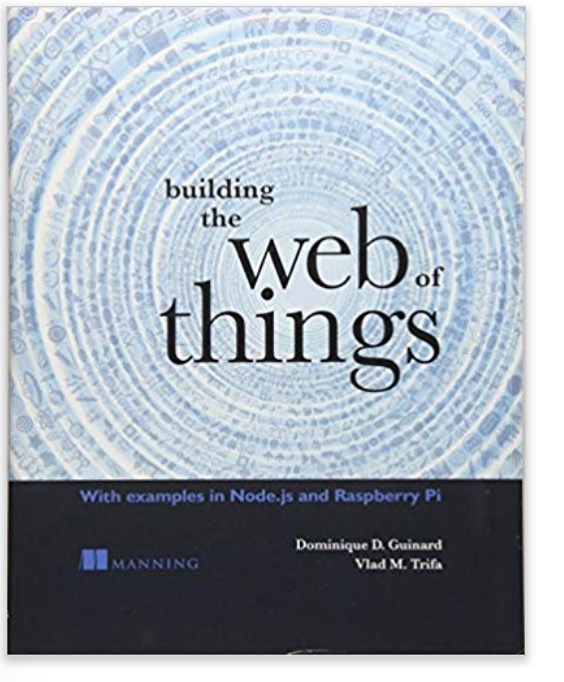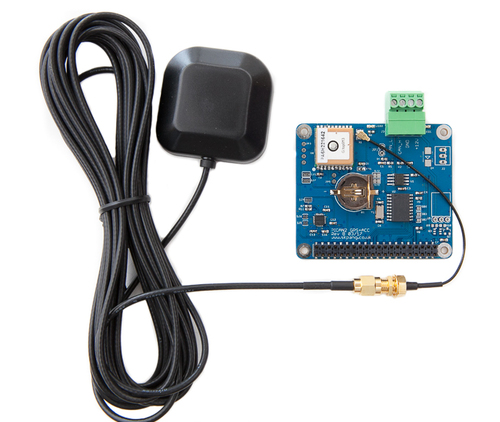Recent Posts
Scalable, Flexible, And Open IoT Solutions Using Web Technologies With The Raspberry Pi
Posted by on
This hands-on guide explains how to design and implement scalable, flexible, and open IoT solutions using web technologies with the Raspberry Pi.
The book concentrates on presenting the right balance of theory, code samples, and practical examples to allow you to connect all sorts of devices to the web successfully and to exhibit their services and data over REST APIs.
Building the Web of Things is a guide to using cutting-edge web technologies to build the IoT. This step-by-step book explains to you how to use web protocols to connect real-world devices to the web, including the Semantic and Social Webs.
Along the way, you gain valuable concepts as you follow instructions for creating Web of Things devices. In the end, you have the practical skills needed to implement web-connected products and services.
What's Inside
- Introduction to IoT protocols and devices
- Connect electronic actuators and sensors (GPIO) to a Raspberry Pi
- Implement standard REST and Pub/Sub APIs with Node.js on embedded systems
- Learn about IoT protocols like MQTT and CoAP and integrate them to the Web of Things
- Use the Semantic Web (JSON-LD, RDFa, etc.) to discover and find Web Things
- Share Things via Social Networks to create the Social Web of Things
- Build a web-based smart home with HTTP and WebSocket
- Compose physical mashups with EVRYTHNG, Node-RED, and IFTTT
PiCAN with GPS - Gyro - Accelerometer CAN-Bus Board for Raspberry Pi 3
The PiCAN GPS board provides CAN Bus and GPS capability for the Raspberry Pi. It uses the Microchip MCP2515 CAN controller. CAN connections are made via 4 way screw terminal plugs. The GPS is provided by a 66-channels MTK3339 chipset module. An onboard battery holder exists for a CR1225 cell.
The backup power is for the real time clock and helps reduce startup times. The GPS module has a built-in patch antenna but an external active antenna can also be used via uFL connector.
The MPU-6050 provides six axis gyro and accelerometer with an onboard Digital Motion Processor (DMPTM) capable of processing complex 9-axis MotionFusion algorithms. It does away with the cross-axis alignment problems that can creep up on discrete parts.
 Loading... Please wait...
Loading... Please wait...


